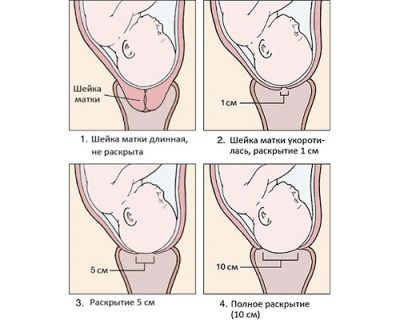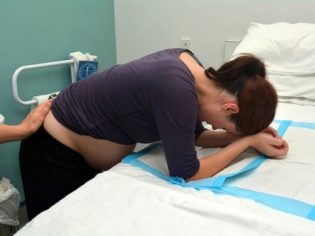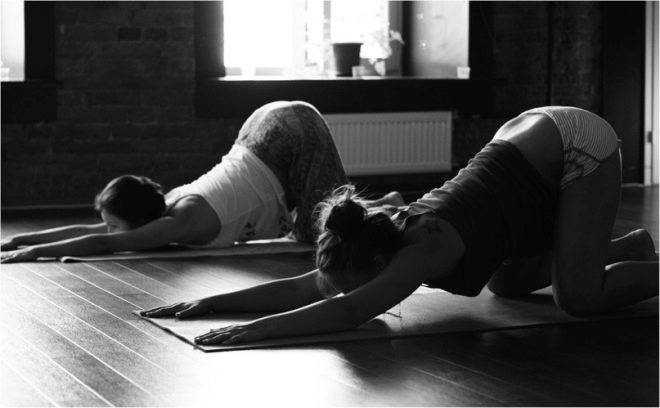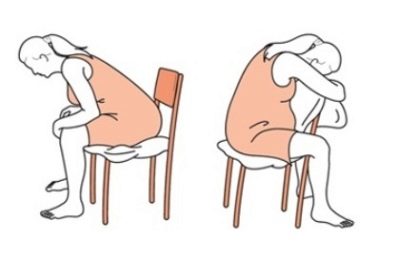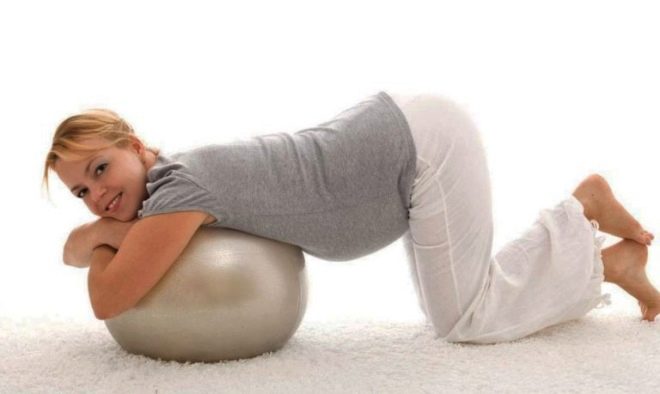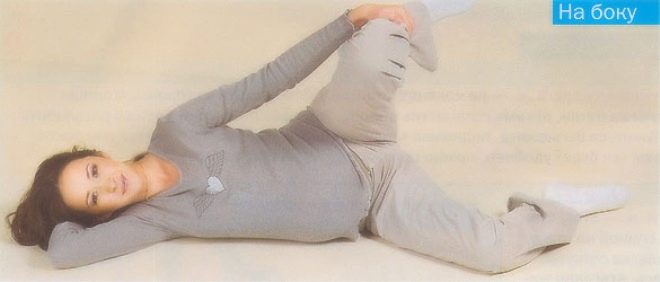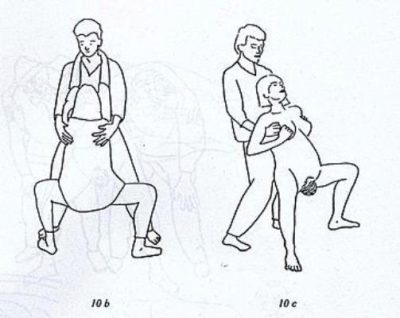What poses will help ease the process of labor?
Pregnant women long before giving birth start worrying about how painful contractions will be and how they can be alleviated. In addition to breathing exercises and auto-training to maintain psychological confidence and peace of mind, there are certain poses that also make it easier to endure pain during contractions. In this article we will tell you about which positions facilitate relief during childbirth, as well as about paired positions, if partnership deliveries are intended.
When do you need special poses?
From the very beginning of labor, a woman usually feels contractions - rhythmic and spasms of the uterine muscles, which repeat at regular intervals. During contractions, a systematic and gradual opening of the cervix occurs. This is necessary so that the baby’s head, and then the rest of the body, can leave the uterine cavity. The period of labor is very important for normal delivery.
He - the longest period of childbirth. In primiparous women, labor can last up to 18 hours. For multiparous persons, this period is somewhat shorter. The longest period of latent contractions will be the longest - it will last up to 10-12 hours during the first birth and up to 8-10 hours during the second, during this time the neck will open up to 3 centimeters. The most painful will be the contractions that precede the attempts - directly the process of the birth of the baby. They pass when the opening is from 7 to 10-12 centimeters.
In each of the stages, with the exception of attempts, the woman does not have to lie horizontally. Moreover, it is proved that in the horizontal position the pain is stronger.
That is why a woman in labor is recommended to breathe correctly (oxygenation of the body gives not only oxygen supply for the baby, but also partially anesthetizes the whole process, since it activates the production of endorphins hormones), and also to move, change the position of the body.
For pain relief contractions are most often used well-defined positions that are tested by time, women in labor and obstetricians-gynecologists. In combination with proper breathing, according to reviews of pregnant women, the effect is excellent, which sometimes exceeds the effect of epidural anesthesia.
Why does changing one's position help reduce pain? Because in different poses of a woman, different groups of muscles are involved, the center of gravity is differently distributed. Some positions make it possible to lighten the load on the lower back at the moment of contraction, others relieve tension from the abdominal wall at the peak of contraction, and others contribute to saving energy and strength, and allow you to relax more effectively during periods of rest between uterine spasms.
The best facilitating positions
Of course, each woman in labor during contractions eventually finds her own position, in which she can more easily endure uterine spasms. Some even climb under the couch or throw their feet on the window sill of the antenatal chamber, but until the birth has begun, it will be rather difficult to find such a pose. Therefore, you can try the following positions.
Vertical. In the rest period between contractions, you can lie down, sit, walk. But as soon as the attack of pain begins to spread from the back to the lower back and lower abdomen, one should go to the wall or to the back of the bed and, standing, wait the fight.
- Sitting. This posture is used to facilitate contractions only at the very beginning of the process; when contractions become active (after opening up to 3 centimeters), use is contraindicated. For the position you need a chair with a back. Sit on it facing back. At the time of the fight, “hug” the back of the chair and tilt your head and shoulders forward slightly. You can do this sitting on the ball. Fitball necessarily need to cover diaper, so as not to slide. When performing poses on the ball, you should hug yourself by the shoulders with a tilt forward.
- "Pose of a cat". Many get acquainted with this pose even during the training fights. The woman gets on all fours and slightly bends the lower back at the time of the fight. The rest of the time you need to relax as much as possible, and bend your back in the opposite direction until the hump appears.
- With reliance on the ball. The mother comes on all fours before the fitball and puts her head and hands on the ball. Between contractions, this position is convenient for relaxation, at the time of uterine spasm, you need to clasp the ball with your hands and bend the lower back, sticking out your buttocks.
- Lying down Of all the options in the horizontal position as a convenient facilitating posture can be considered only one - on the side. Under the thighs and head put small pillows. At the time of the fight, you can slightly bend the legs at the knees, this will reduce the load on the back.
Positions for joint birth
Partner birth today will not surprise anyone. If a decision has already been made that the spouse will be present during the birth, you need to use it to the maximum even if it is not so that he has time to be intimidated by what is happening.
In any of the above positions, the husband can give a parturium massage to the parturient woman. There are also separate positions for which a woman needs physical support from a partner.
- Squatting. A man sits in a chair or chair. A woman squats in front of him with her back, elbows resting on her partner's knees, like on armrests. This posture is optimal for attempts when the cervix is maximal.
- Vertically with visom on hands. The woman is facing the partner. At the time of the fight, she wraps her arms around his neck and literally hangs on it. The main thing that a man endured.
- Sitting with the support of her husband. A woman sits with her knees wide-bred with her back to her husband. During the fight, a woman in labor will be able to clasp her husband's neck with her hands, and his hands will be able to stroke her belly or easily rub her sacrum.
There are other options for partnership in the process of childbirth.
Spouses need to study postures for interaction, try them out in advance, and also study massage techniques that will help a woman to endure contractions much easier.
A warning
You can rehearse and study the whole pregnancy and study the positions and massage, but in practice you will be confronted with a complete lack of understanding in the face of the medical staff of the maternity hospital. Not all chambers are equipped with additional furniture, fitballs, not even each has chairs. That is why the whole theory can break about the harsh life and the demands of the doctors "to lie still and not go anywhere."
Therefore, in advance you need to ask about the chosen maternity hospital, how they relate to the methods of natural anesthesia according to the Lamaza system, as well as how they look at partner deliveries with support.
For details on which poses will help ease the process of contractions, see the next video.

